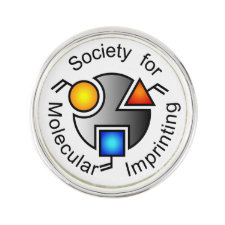
Authors: Krska R, Welzig E, Berthiller F, Molinelli A, Mizaikoff B
Article Title: Advances in the analysis of mycotoxins and its quality assurance.
Publication date: 2005
Journal: Food Additives and Contaminants
Volume: 22
Issue: (4)
Page numbers: 345-353.
DOI: 10.1080/02652030500070192
Abstract: This article covers the latest activities in mycotoxin analysis and the advances of its respective quality assurance. The majority of mycotoxin analyses carried out in the laboratories is still based on physicochemical methods, which are continually improved. For example, immunoaffinity columns and multifunctional clean-up columns have become of increasing importance and in some areas of mycotoxin analysis they have more or less displaced conventional liquid-liquid partitioning or column chromatography during clean-up. The need for rapid yes/no decisions on the other hand has led to a number of new screening methods. In particular, rapid and easy-to-use test kits based on immunoanalytical principles or the generation of artificial macromolecular receptors employed in molecularly imprinted polymers (MIPs) have made good progress. Further research in mycotoxin analysis is pursued in the field of biosensors and also the potential of infrared spectroscopic techniques as screening method has been demonstrated. In the area of multi mycotoxin analysis the most promising development was observed in mass spectrometry. At the same time, several interlaboratory studies in the field of mycotoxin analysis revealed problems proven by high between laboratory standard deviation and non-traceable results. This not only shows the necessity of reliable methods and well defined performance characteristics but also the need for appropriate calibrants of defined concentration and stated purity. A certified zearalenone (ZON) calibrant is already available and a certified calibrant containing various trichothecenes is currently under development. ( Certified) reference materials are available for aflatoxins in a number of commodities, ochratoxin A (OTA) in wheat, deoxynivalenol ( DON) in maize and wheat, and ZON in maize. With these measures important steps towards traceability of results in mycotoxin analysis have been achieved
Template and target information: Review - mycotoxin analysis
Author keywords: mycotoxins, analysis, detection, clean-up, quality assurance



Join the Society for Molecular Imprinting

New items RSS feed
Sign-up for e-mail updates:
Choose between receiving an occasional newsletter or more frequent e-mail alerts.
Click here to go to the sign-up page.
Is your name elemental or peptidic? Enter your name and find out by clicking either of the buttons below!
Other products you may like:
 MIPdatabase
MIPdatabase









